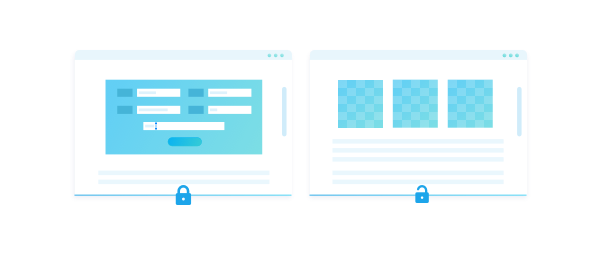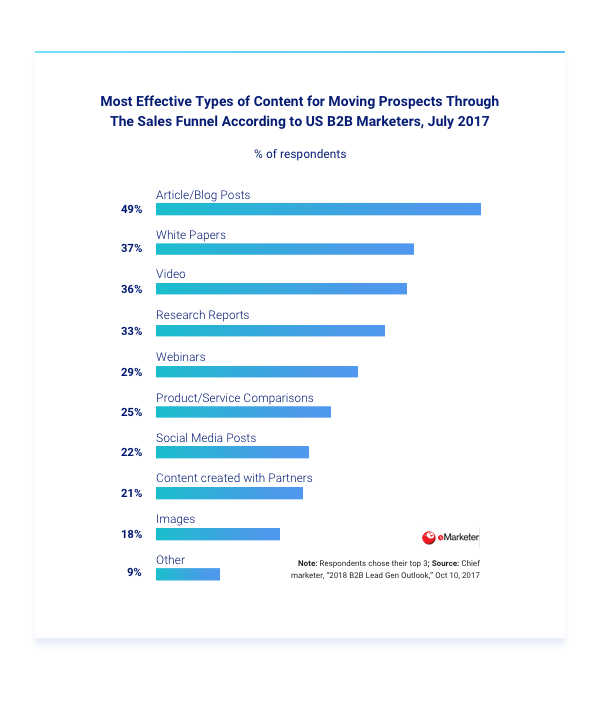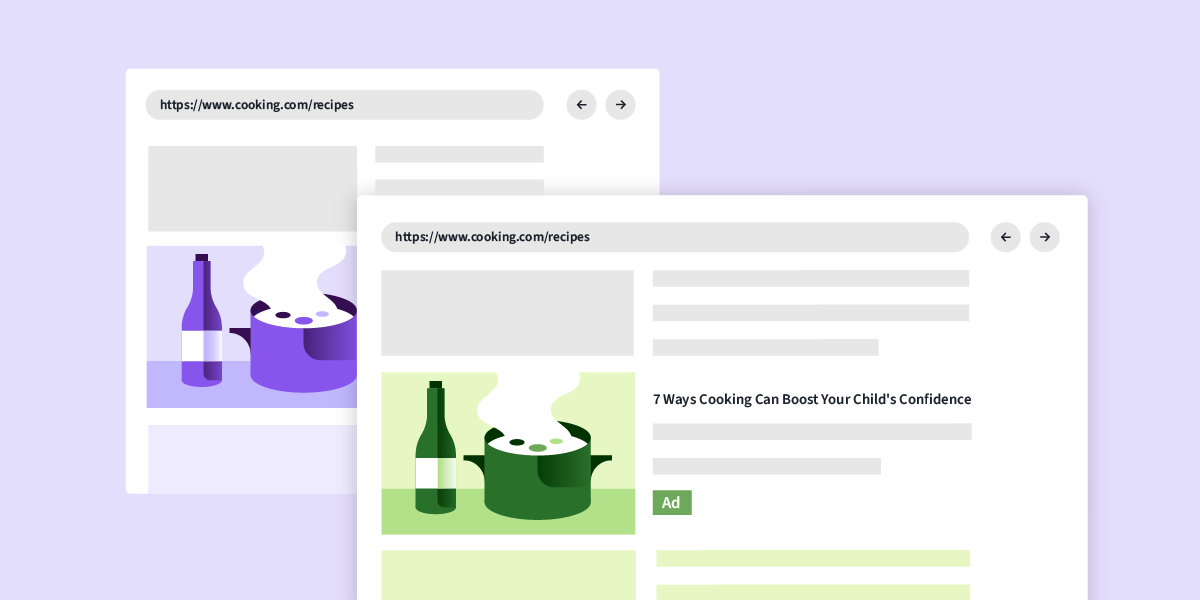“We have saturated paid search and we want to add programmatic (or Programmatic Native)”, is a comment I hear all the time. As a brand flourishes, inevitably the appetite for more customers increases and paid search is no longer enough to deliver the volume of leads or sales needed to meet growth requirements. So, marketers start to look for new channels that can help their company expand. They’ve likely dabbled a bit with social, but programmatic is often the next channel they start to explore. Unfortunately, they maintain the expectation that programmatic will produce the same results as paid search, so they often prematurely proclaim that programmatic doesn’t work. Luckily, the StackAdapt Team has seen many cases like this, and we have documented our recommendations on how to measure programmatic appropriately when combining it with paid search to make your campaigns successful.
Consider The Landing Pages—They Should Not Be The Same
Programmatic ads are targeted based on interpreted data, that is “a person has read this article, so they must be interested in XYZ relevant product”. While this can be a powerful targeting strategy, it is inherently not the same as paid search advertising that relies on a person literally typing their interest into a search field. (That said, paid search can never be absolutely accurate because we use it all the time to simply browse the web.) Now consider programmatic. The act of a user seeing and clicking on a programmatic ad requires a lot less energy than typing the search query on a keyboard, because the results are being handed to the user without the initial search.
With that understanding, the same landing page will not be effective for both paid search and programmatic. Paid search advertising evolved earlier than programmatic or content marketing, and yet, marketers still expect that gated, single-page landing pages with a form will work for programmatic campaigns. Programmatic ads are often delivered to a relevant user who may not be in a purchasing mindset, which means they are open to discovering brands but are not necessarily going to take action, or complete a form, because they’re just not there yet. Thinking of myself, I browse the web in transit or on my couch all the time, but I don’t buy anything until I am in the right mindset. There are many considerations that go through my head—if it’s a business-related brand that I discovered, I may want to be at the office knowing that I will likely have to download long-form content or could reasonably expect an email from a sales rep. If it’s a personal purchase, I wait until I am not rushed to browse, often in the evenings or on the weekend.
To make programmatic, and especially programmatic native successful for performance campaigns, the landing page should provide ungated content.

According to eMarketer, users prefer to consume credible, trustworthy content about brands. Programmatic is a mid-funnel strategy because of the way the purchase intent is derived. Therefore, the user’s interaction with the brand should also be aligned with their intent—light, relationship-building, not overly salesy.

Source: eMarketer.com
Measure Both Channels Together
Since users are in different states of mind when they engage with search and programmatic ads, the measurement of the impact must differ as well. Undeniably, there is value in having users read your brand’s content, the question is—what results do the ads deliver? Yes, some users could convert right after they have interacted with your brand, but many will come back at a later time that works best for them. In many cases, once the user completes a search, they will likely click on the paid search ad, instead of the organic search result, to get to the homepage. This actually inflates your paid search click-through rates, without the guarantee of a conversion.
Taking all of this into consideration, the impact of programmatic advertising should be measured in conjunction with paid search. This is because the ultimate goal of a programmatic ad is to increase the volume of organic searches. When you’re evaluating the performance of your programmatic campaigns, you should ask yourself “have my organic searches increased”? The goal should be to keep the CPA on the paid search channel constant, while growing the number of conversions.
A Campaign Strategy
There are many benefits of using a programmatic (specifically, native) channel including:
- Access to unique inventory across some of the largest publishers.
- Control over which sites you buy on using Private Marketplace Deals.
- Enhancement to your competitive conquesting strategy, to target people reading articles about your competitors.
- Creation of unique strategies, like leveraging location targeting and offline measurement.
When combined with a paid search strategy, programmatic ads can be complementary in a tangible manner. Here is the most common strategy employed by our clients when combining paid search and programmatic native:
- Leveraging multiple targeting strategies (custom, lookalike, and 3rd-party audiences) to deliver native ads programmatically.
- Drive users to ungated blog content (this can also be used with video advertising when a retargeting audience is built off of completed video views).
- Track time-on-site and load the Google Ads remarketing pixel after the user has spent at least 15 seconds on content (this can be done through a tag manager or using StackAdapt).
- Target users through paid search and drive users to a landing page where the conversion point is located.
Read the case study on how iProspect succeeded with this strategy.





